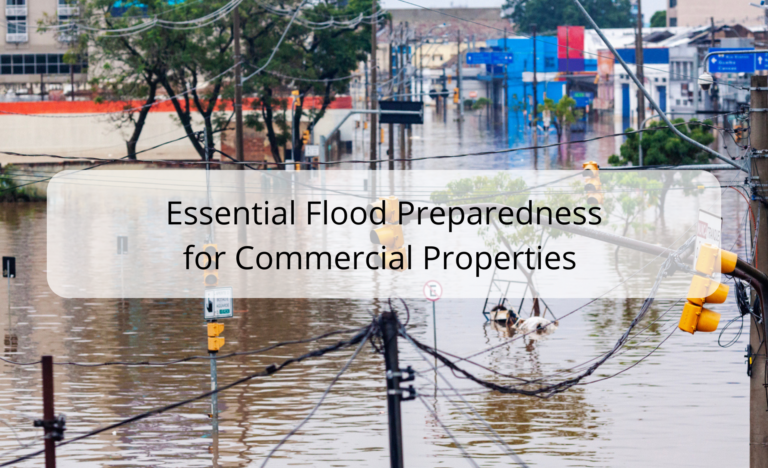Flooding is one of the most common and devastating natural disasters, causing significant damage to commercial properties each year. The impact of a flood can be catastrophic, leading to costly repairs, business interruptions, and in severe cases, the permanent closure of businesses. While floods are often unpredictable, there are proactive steps that commercial property owners can take to minimize damage and ensure a quicker recovery.
Understanding Flood Risks
Before diving into preparedness strategies, it’s crucial to understand the specific flood risks associated with your commercial property. Flood risks vary based on location, with some areas being more prone to flooding than others. Coastal regions, low-lying areas, and properties near rivers or streams are particularly vulnerable. However, even properties that are not in high-risk areas can experience flooding due to heavy rainfall, poor drainage systems, or unexpected natural events.
To assess your flood risk, consult flood maps provided by the Federal Emergency Management Agency (FEMA). These maps indicate areas of varying flood risk, helping property owners determine the likelihood of flooding in their area. Additionally, local government agencies and weather services can provide valuable information about historical flooding patterns and potential risks.
Developing a Flood Preparedness Plan
Once you’ve assessed your flood risk, the next step is to develop a comprehensive flood preparedness plan. This plan should outline specific actions to take before, during, and after a flood to protect your property and ensure the safety of employees and customers.
Emergency Communication Plan
An effective emergency communication plan is essential for keeping everyone informed and safe during a flood. Designate a point of contact within your organization responsible for communicating updates and instructions to employees. Ensure that all employees have access to this contact’s information and understand the communication protocol.
The communication plan should include multiple methods of communication, such as phone trees, email alerts, and text messaging systems, to ensure that everyone receives critical information quickly. Additionally, establish a plan for communicating with customers, suppliers, and other stakeholders in the event of a flood-related business interruption.
Evacuation Plan
A clear and well-practiced evacuation plan is vital for ensuring the safety of employees and customers during a flood. Identify safe evacuation routes and establish a designated meeting point outside the flood-prone area. Conduct regular evacuation drills to ensure that everyone is familiar with the plan and can act quickly in an emergency.
Your evacuation plan should also account for employees or customers with special needs, such as those with mobility impairments, and ensure that appropriate accommodations are in place.
Business Continuity Plan
Floods can cause significant disruptions to business operations, leading to loss of income and long-term financial damage. A business continuity plan outlines how your company will continue to operate during and after a flood. This plan should include strategies for relocating operations, maintaining critical functions, and accessing important records and data.
Consider investing in cloud-based data storage solutions to protect vital business information from flood damage. Additionally, identify alternative suppliers and transportation routes in case your primary suppliers are affected by the flood.
Protecting Your Property from Flood Damage
In addition to having a preparedness plan, taking proactive measures to protect your property from Flood Damage is crucial. While some flooding events are unavoidable, implementing these strategies can help reduce the extent of the damage.
One of the most effective ways to protect your commercial property from flood damage is to elevate critical equipment and systems. This includes electrical panels, HVAC systems, generators, and computer servers. By placing these items above the expected flood level, you can prevent costly damage and ensure that essential systems remain operational during and after a flood.
Flood barriers, such as sandbags, flood gates, and water-filled barriers, can be used to protect entry points and vulnerable areas of your property. These barriers help prevent water from entering the building, reducing the risk of interior flooding. Permanent flood barriers, such as flood walls or levees, can also be installed around the perimeter of your property if you are in a high-risk flood zone. While these solutions can be costly, they provide long-term protection against flooding.
Ensure that all doors, windows, and other openings are properly sealed to prevent water from seeping into the building. Consider installing flood-resistant doors and windows, which are designed to withstand water pressure and prevent floodwater from entering. Additionally, inspect your property regularly for cracks or gaps in the foundation, walls, and roof. Seal any openings with waterproof materials to reduce the risk of water infiltration.
If your property is prone to flooding due to poor drainage, you may need to regrade the land around the building to direct water away from the foundation. Consulting with a professional engineer or flood mitigation specialist can help you identify and implement effective drainage solutions.
Insurance Coverage for Flood Damage
Even with the best preparedness measures in place, flood damage can still occur. Having adequate insurance coverage is critical for protecting your commercial property and ensuring a swift recovery. Standard commercial property insurance policies typically do not cover flood damage. Therefore, it’s essential to purchase a separate flood Insurance policy through the National Flood Insurance Program (NFIP) or a private insurer. Flood insurance can cover the cost of repairing or replacing damaged property, equipment, and inventory, as well as addressing structural damage.
In addition to flood insurance, consider purchasing business interruption insurance. This coverage compensates for lost income and operating expenses if your business is forced to close temporarily due to flood damage. Business interruption insurance can provide the financial support needed to maintain payroll, pay bills, and continue operations while your property is being repaired.
When flood damage occurs, navigating the insurance claims process can be complex, especially when it involves multiple policies like flood and business interruption insurance. This is where a public adjuster can provide immense value. A public adjuster works on your behalf to assess the full scope of damage, ensuring that nothing is overlooked in the claims process. They can help coordinate between different types of coverage, negotiate with insurance companies, and make sure you receive the maximum settlement to cover your losses. By working with a public adjuster, you can streamline the recovery process and avoid the common pitfalls that often arise when filing flood-related claims.
Arm Your Property Today
Flooding poses a significant threat to commercial properties, but with proper planning and preparedness, you can minimize the impact and protect your business. By understanding your flood risk, developing a comprehensive preparedness plan, and taking proactive measures to safeguard your property, you can ensure that your business is ready to face the challenges of a flood. Securing adequate insurance coverage is also critical to provide the financial protection needed to recover and rebuild in the aftermath of a disaster. Don’t wait until it’s too late—start preparing your commercial property for flood risks today.
At D.A. Lamont, our experienced public adjusters are here to assist you in navigating complex flood insurance policies and maximizing your claim. If you’ve experienced flood damage or want to be better prepared for the future, contact us today. We’ll help ensure your business is well-protected and ready to recover from any disaster. Your business’s future depends on it!


